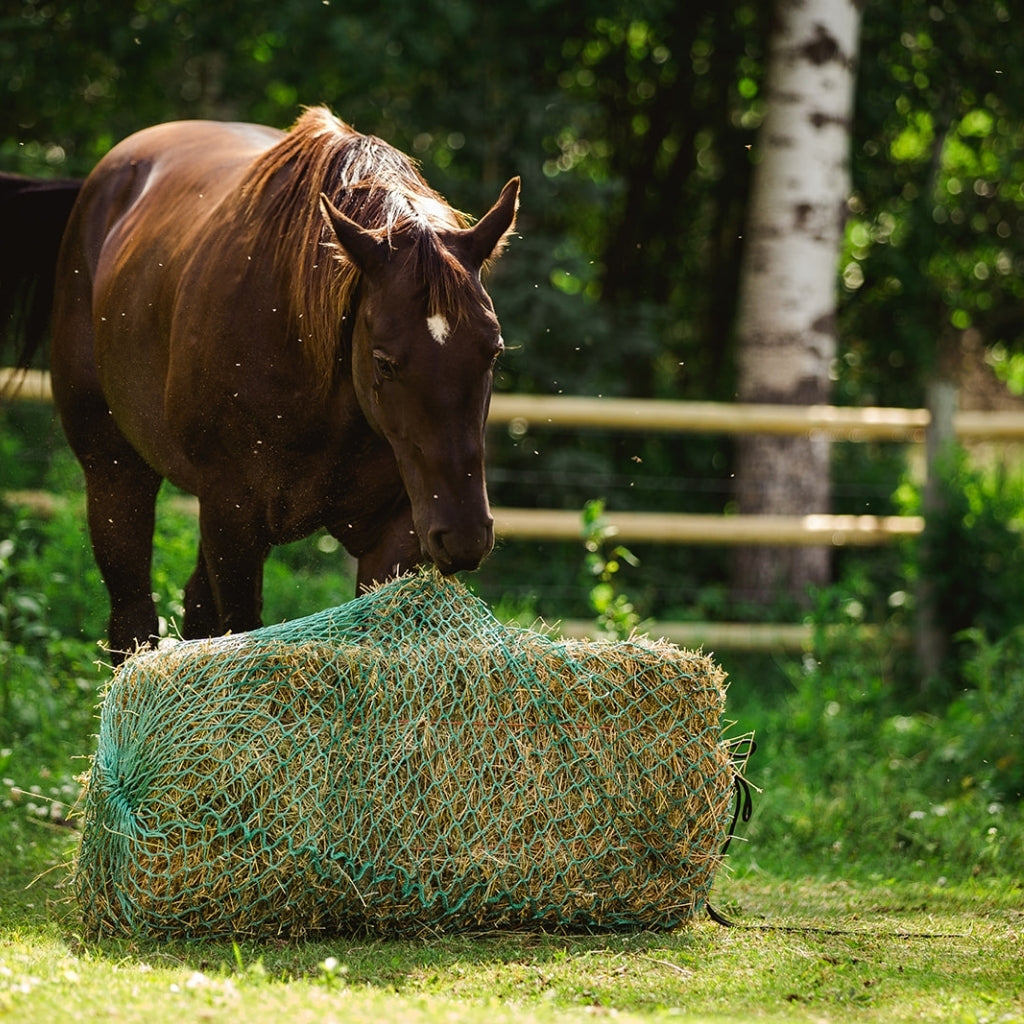Equine Cushing’s disease, scientifically referred to as pituitary pars intermedia dysfunction (PPID), is typically an age-related neurodegenerative disorder. Many horses will develop Cushing’s as they get older, but the symptoms come on so gradually, the disease often goes unrecognized. Usually around the age of 15, the risk becomes greater; however, younger and younger horses are developing PPID, which is a disturbing trend.
PPID is a progressive disorder, meaning it gets progressively worse over time. Cushing’s is not fatal in and of itself, but rather from the conditions it can lead to if left untreated, such as infections, muscle wasting, colic, and of course, laminitis. There is no cure, only treatment. However, by reducing oxidative stress, it is possible to slow down its progression.
The pituitary gland is at the forefront of the disorder
This gland is suspended from the hypothalamus at the base of the brain. One of three lobes in the gland, the pars intermedia is responsible for equine Cushing’s disease; it produces adrenocorticotropic hormone (ACTH), the regulation of which is at the heart of the Cushing’s problem itself.
When a healthy, non-cushingoid horse experiences some type of stress (e.g., related to intense exercise, pain, or an empty stomach), the hypothalamus releases corticotropin releasing hormone (CRH). CRH signals the pituitary gland (pars intermedia) to release ACTH, which then stimulates the adrenal gland to secrete the stress-hormone known as cortisol. Cortisol is involved in releasing glucose out of glycogen stores to provide energy.
To bring cortisol levels back to normal, cortisol will stimulate certain neurons in the hypothalamus to produce the neurotransmitter, dopamine. Dopamine, in turn, tells the pituitary gland to stop secreting ACTH, which then causes cortisol production from the adrenal gland to subside.
However, with oxidative stress over a period of time, those dopamine-releasing neurons become fewer and fewer in number. The hypothalamus is no longer able to produce enough dopamine; without adequate dopamine to signal it to stop, the pituitary gland continues to pump out ACTH. An increase in ACTH then leads to an increase in cortisol levels, which in turn causes the pituitary gland to hypertrophy or enlarge.
What is oxidative stress? Elevated insulin, excess body fat, mental and physical stress, as well as environmental toxins, can all lead to oxidative stress, resulting in the creation of a large number of proinflammatory molecules known as free radicals. These free radicals are volatile molecules that can destroy every kind of tissue, not just the dopamine-releasing neurons. In the specific case of Cushing’s, progressively higher levels of oxidative stress damage the dopamine-releasing neurons until they can no longer function properly. Obesity is one cause of oxidative stress, though elevated insulin can occur in the underweight horse as well. The diagram below illustrates this progression when body fat is regionally stored (indicating insulin resistance).
The key to slowing down this progression is reducing oxidative stress
While most cases of PPID eventually require pharmaceutical treatment with pergolide, or its trademarked version, Prascend, other management approaches should always be implemented as a first line of defence. Reducing oxidative stress can slow down the destruction of dopamine-promoting neurons and therefore diminish the progression of Cushing’s disease. This can be accomplished by reducing inflammation-producing body fat (if the horse is overweight), modification of mental, physical, and environmental stressors, and feeding an anti-inflammatory diet.
Restricting forage is incredibly stressful. And yet, this is the way many horse owners attempt to help their horses lose weight. The cascading negative effects of stress exacerbate this endocrine disorder in an already compromised horse into one with a higher risk for laminitis. Please read the article, "Bring Back the Horse's Instincts" for more information, as well as books in the Spotlight on Equine Nutrition Series for a detailed, easy-to-do approach to weight loss through free-choice forage feeding.
Don’t neglect exercise. It not only burns calories, but exercise makes cells more receptive to insulin, allowing the horse’s body to burn fat. The blood insulin level declines, thereby reducing inflammation and the risk of laminitis. Exercise also helps protect muscle mass (which the cushingoid horse is losing). Finally, it makes your horse more sensitive (less resistant) to leptin, a hormone that is supposed to tell your horse to stop eating.
Decreasing inflammation through the diet
You’re probably already paying close attention to the non-structural carbohydrates (NSC) in the diet. That’s important to help reduce insulin secretion. But, here are a few pointers to reduce inflammation:
-
Antioxidants neutralize damaging free radicals that can diminish dopamine-releasing neurons. Some examples include vitamins E and C, as well as lipoic acid, grapeseed extract, Boswellia, and curcumin.
-
Omega 3s reduce inflammation whereas too many omega 6 fatty acids increase it. Ground flaxseeds or Chia seeds are particularly high in the essential omega 3 fatty acid, alpha-linolenic acid (ALA). Fish oils contain omega 3s as well and are worthwhile in extreme inflammatory states.
-
Protein quality makes a difference in the horse’s ability to produce and repair tissue as well as maintain healthy endocrine and immune systems. To achieve this, a variety of complementary protein sources must be included in the diet. Strive toward feeding several types of grasses and consider adding some whole foods such as ground flaxseeds, split peas, copra meal, whey protein isolate, hemp seeds, and Chia seeds.
Bottom line...
PPID becomes progressively worse over time as dopamine-releasing neurons in the brain are damaged by oxidative stress. Through attention to damaging aspects of your horse’s lifestyle, diet, and environment, this neurodegenerative disease can be significantly slowed down.
Further Reading & Resources
1) See Dr Getty's book titled "Equine Cushing's Disease: Nutritional Management" and other equine nutritional books in our store.
2) Additional Articles related to this topic by Dr Getty:
3) Supplements that are helpful for cushingoid horses can be found on Dr Getty's website.





